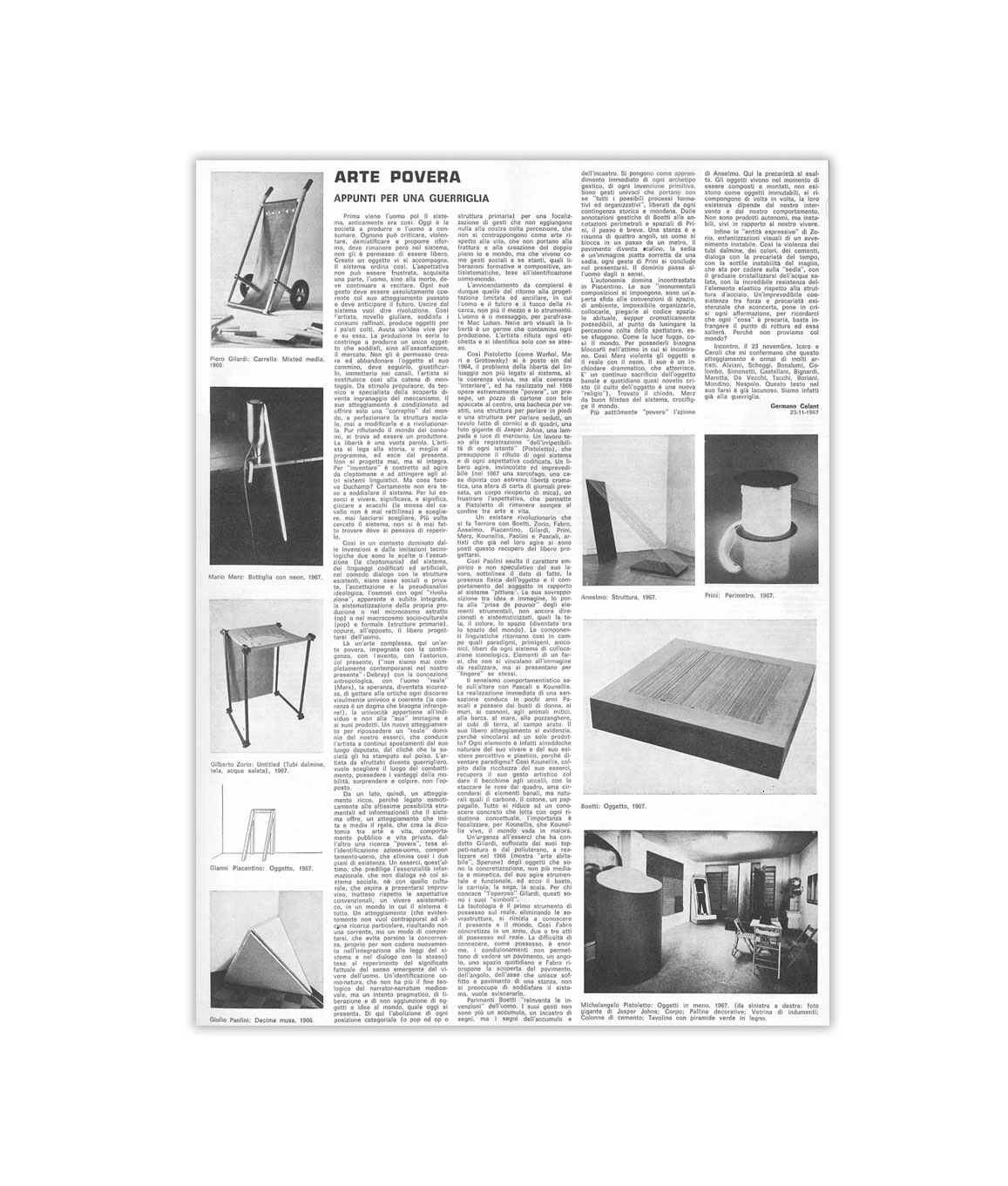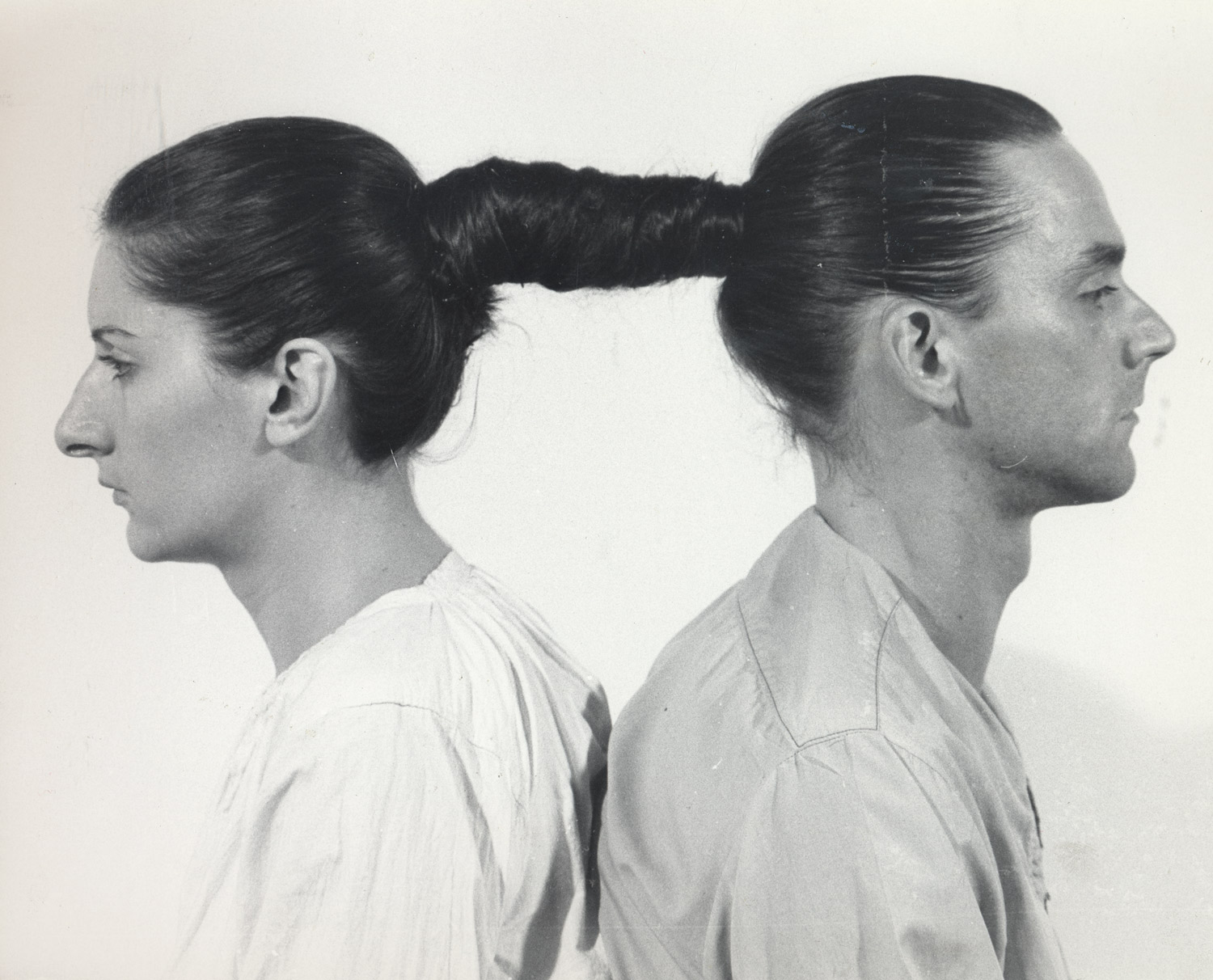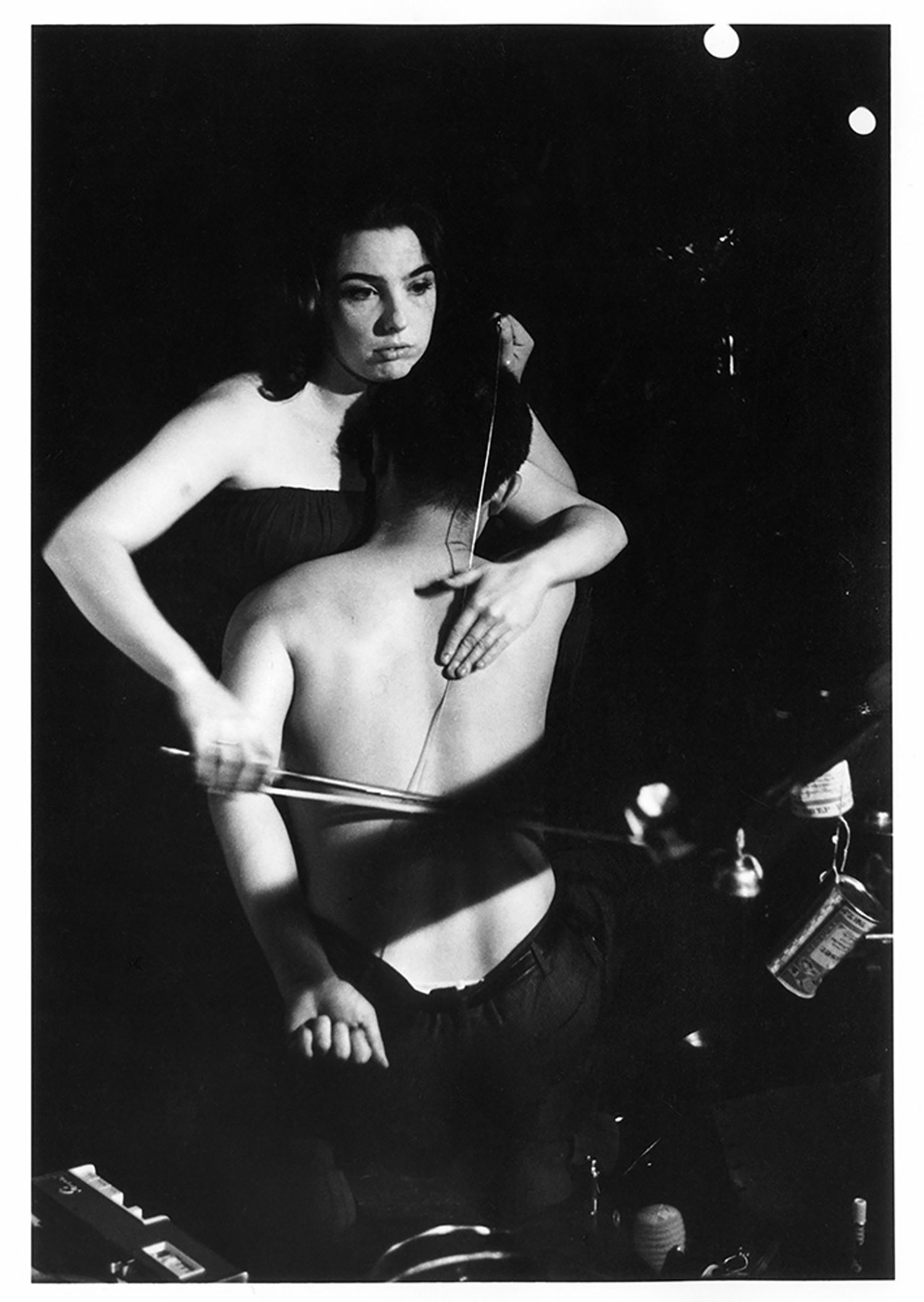Originally published in Flash Art no. 162, 1992.
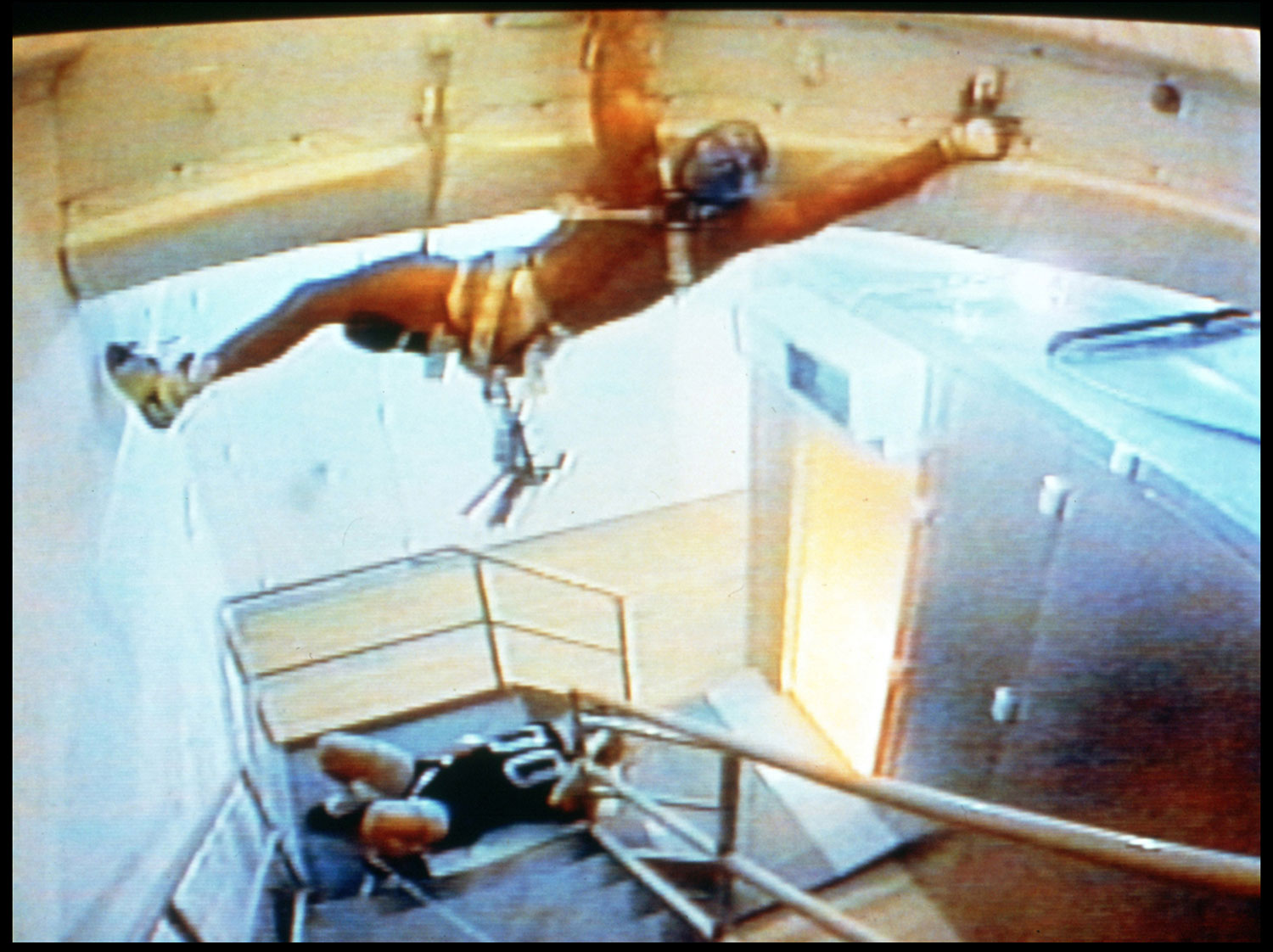
I was teaching… and the one thing that terrified me no end was that most of these kids had no historical references. They were literally in MTV limbo. When you see that the Republican Party’s biggest voting block is kids below thirty, things have changed. Now you can’t trust someone under thirty. So these pieces were an attempt to create a kind of historical picture, a reminder, to reinstate certain events. At this point, to recall history seems impolite.1
– Felix Gonzalez-Torres
Felix Gonzalez-Torres is operating along a particularly illuminating political track, especially since it pushes us to the very threshold of the limbo where the best part of American culture is centered. What is particularly noteworthy is that a generation caught between economic heaven and puritan hell should unexpectedly generate apparitions disconcerting enough to alter something as inveterate as the art system. The very young Matthew Barney has unveiled one such vision capable of reconferring a degree of credibility to the system’s stifled mechanisms. The artist’s coming has been sufficiently heralded over many months and without any concrete references to his actual work, to give ‘epiphanic’ clout to his art. Barney deals in the (suitably) unpredictable suspension of statements on his work that might thwart the development of his surprising and dynamic output. The running of it all is left to a team which analyzes and boosts the results. We are dealing with a sporting event just like the ones lived out in real time. Consequently, Barney’s work and the phenomenon it represents (stirring up what is only apparently conventional attention in the art world) demands immediate analysis, just like a sports event.
The angle on this artist is circumscribed in the present with Vito Acconci, Bruce Nauman and Rudolf Schwarzkogler left aside, at least for the time being. Only after one’s perception of the event has been analyzed can we talk more completely about the artist’s ‘bloodlines.’ We are still concerned with the athletic undertaking which should be looked at independent of all other references. Barney operates in an atrophied, temporal dimension and in a space which is expanded to the extreme with no narrative discourse between the various points of the production — every element demands separate interpretation. However, within his apparently unstructured poetics there are sufficient clues for us to grasp the innovation in Barney’s creative process. While the ensemble is still inconsistent, the profile of the artist takes on new connotations to the extent that we might reconsider our concept of ‘the artist.’ For some time now, we have been directing our attention toward the changes that are needed within the art system for it to survive. Looking at Matthew Barney’s work, I am convinced that the system could survive and revive itself only if its central elements — the artists — have the courage to revolutionize their role. This could be brought about even via a reconsideration of the creative ‘self.’ This is the direction currently undertaken by Matthew Barney, who is proving capable of leaving behind him an artistic corpus of which we are privy to neither its identity nor the personality behind it. Comprehending his work is like a surgical operation, an autopsy free of intellectual hierarchies.
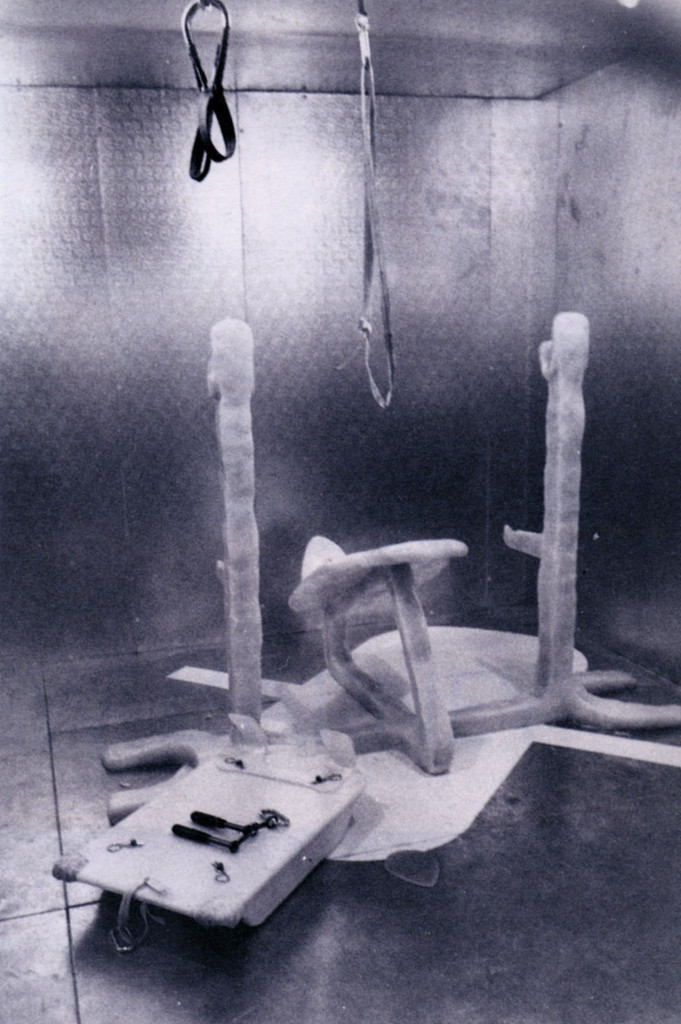
Irrationality
The first thing to manifest itself is the collapse of any psychological analysis of the work. The irrational element is a vehicle through which to clarify the somewhat confused, collective psychic terminology of the current historical and social moment.
Puritan
By bringing the psyche back into the organism and its anatomical location, the work is freed from a potentially puritan interpretation of Western civilization and affords an unexpected perspective on the artist’s role, obliging him to reconsider the limits of his actions. On one hand it overcomes aesthetic formalism, and on the other, it surpasses political action.
Hero
The star system symbolism of the ’80s is replaced by the presentation of the heroic and epic dimension suppressed by contemporary artists. Moreover, in a condition of mental dissociation and modification of sexual psychology, the artist is re-endowed, by means of a psychic excursion, with his long-lost shamanic role. With his body, he is brought back up to date with a society in the clutches of both incommunicability and information.
Idols
The football player, the bodybuilder, and the freeclimber all represent the possibility of overcoming the ‘ego’ by means of a fanatical ritual. Extreme physical undertakings unfetter the individual from psychic and social agony, projecting him into a soothing, timeless dimension, protecting him from the idea of death.
Silence
The lack of sound in the videos makes the action heavygoing, the effort infinite and useless, the lightness of the movement apparent, the distance between spectator and image insurmountable. The document is remote, in a dimension not unlike that of the first steps taken on the moon. The lack of gravity is a weight; the individual becomes witness of himself. We are living in a social context deprived of atmosphere.
Transsexuality
Because the artist’s sexuality is not of importance, the political element is suppressed. The body is not an expression of desire and, at the same time, desire is not repressed. The action takes place between psyche and soma, giving way to a more contemporary dimension, one which foresees a new mental and physical state. What is attractive about this state is its absolute informality. Heat and frost thrive in the same setting, the soul is spread over muscles and skin, spiritual and physical pain embrace.

Matthew Barney
Benjamin Weil
The whole Matthew Barney phenomenon hit New York back in March of 1991, when rumor spread of an exhibition at Petersburg where the work of a young and unbelievably talented artist would be revealed — the potential breakthrough of the ’90s. The gallery closed overnight and the show was cancelled, thus fueling the mystery. Since then, the name of Matthew Barney has appeared regularly in art magazines — even on the cover — usually with dithyrambic descriptions and analyses of his work. Before any one had actually seen his New York venue, we had already been subjected to wide-scale brainwash. It was almost impossible to discuss the work without falling into a perfectly set media trap surrounding the event. New York Times reviewer Roberta Smith seemed incapable of dealing with the situation; her prompt review was as void as one later discovered the work to be, in some way perpetuating this one-of-a-kind fantasy created by an aggressive marketing strategy. On top of everything, the artist refused to give interviews, as would a tired rock star, oppressed by his/her public. Over the last decade, the visual arts have become conscious of sophisticated economic-analysis tools as the entertainment business had done earlier on. Art-making was inspired by what the public — the market — expected; form and content were adjusted accordingly. With the collapse of the ’80s socio-financial model, a politically charged attitude emerged among young artists. It became common to address and/or criticize the object-form and return to a practice closer to that of Minimal and Conceptual art, rendering the marketing strategies of the ’80s all the more obsolete. Meanwhile, other artists appropriated the new languages of this ‘political’ art, ‘gentrifying’ this work to reintroduce political issues as yet another market-oriented art form. The work of Matthew Barney has perfected art consumerism; the strategy is clearly derived from merchandizing, that is to say, promoting and packaging the work while ‘scientifically’ defining an image for it. The body as subject in a self-eroticized configuration recalls the advertising for Calvin Klein’s ‘Obsession’; the naked models suggest eroticism rather than express it. The lockerroom evocation confirms this notion of desire for the other self — the one promoted through strongly individualistic attitudes in the ’80s. Both the work and the artist become a sublimation of an orchestrated fantasy in the same way fashion shows sell an image rather than the clothes themselves; indeed, it is telling that Mr. Barney was once a model himself.
Witness
The video informs us that something has happened and the installation bears witness to the space where something has happened. We are witnesses. The traumatic experience of a visit to Dachau or Treblinka: the images we have seen deprive the space and the objects of autonomy. No experience can be repeated in the space and there is a temporal separation between the images and the site. We are dealing with neither an installation nor a work of art but a lifeless setting wherein the creative act has been consummated; the morbid attraction of the scene of the crime, the tragedy; the indulgence with which we abandon ourselves to the memory of pain.
Centrality
The body is the central element with the ‘self,’ categorically consigned to the margins of the image. The ‘cult figure’ is suppressed through its own physical manifestation. The muscular contractions and the effort of movement create an artistic impression which highlights the symbolic value of a material presence. The absence of the body makes for a spiritual perception of the space as the artist declines to expose his individuality. If the observer is aware of this absence, he probably perceives his own physical dimension within the artistic construction.
Self-contemplation
Through the video camera, the artist contemplates his own physical undertaking. The creative ‘ego’ has disappeared, leaving nothing more than the action. The artist’s mental experience is summarized in ‘fatigue and ecstasy’ and the torment vanishes from the scene.
Escape
Crossdressing as a hideout. The body is concealed from the ‘bad guy’ by a dress that confounds the sexual identity.
Tapioca
A necessary element that provides consistency to the internal substance of the organism.
Sugar
Pulverized energy which generates strength as immediate as it is brief.
Steroids
The strength is not dissolved but concentrated in a point where thoughts and the gaze are dispersed.
Lubrification
The need to soften the external rigidity of the muscle fibers. The body diluted within the psyche.
Uselessness
Insofar as freeclimbing and bodybuilding are developed exclusively within the gesture, they are both pointless and risky activities with a sole objective: the masturbation of the entire body. Both activities, however, manifest the absolute necessity of recreating death and omnipotence in a society slipping increasingly toward oblivion, where existence as a lesson in dying has been all but lost. Freeclimbing and bodybuilding recreate the lost, transcendental dimension of eternity.
Team
The artist’s vision before the work (ordinarily washed away in an inundation of signs) is here exalted, as with an athlete, by a group elaborating the image and heightening the performance. The creative dimension remains intact and only the atmosphere of the event is altered.
Checklist
The title as an enigma, ‘scatological,’ made up of independent elements, data, materials, positions. The title as an analysis of the elements.The list as an oracular expression, left to interpretation. The title as a somatic datum of the work.
Matthew Barney’s work provides us with a direction to follow but without any obvious reference points. It may be embarked upon from different directions without leading to any conclusions. The symbology used is seemingly drawn from a purely Western system and exceeds itself in the creation of a dimension far removed from its own sources. Perhaps unwittingly, the artist redirects the collective image towards the depths of its remote origins, which are replaced by a system existing in real time. Only real time is used in this process of subliminally gratifying the audience; needs are satisfied without the awareness of desire.
Flash Art n°162, 1992

